21
2013Lenses: Focal Lengths- Wide to Telephoto
Focal Length
Last week I threw around the term focal length a lot without defining it. The technical definition of focal length is beyond the comprehension of anyone whose not really engineer minded. If you’re really interested, here’s a wikipedia article. For our purposes, what we need to know is that focal length determines the angle of view; the longer the focal length, the smaller the angle of view and the more we have a sense of being “zoomed in” to the subject.
The focal length of lenses fall on a spectrum from super wide angle to telephoto. Wide angle lenses capture more of a scene while telephoto lenses zoom in to the capture only part of a scene. The spectrum runs from around 8mm (wide angle) to 5000mm+ (telephoto).
Here is a nearly full range of focal lengths used to take the same shot from the same location. This will give you a feel for how focal lengths affect the resulting image. All of these images are shot with a crop sensor so an 18mm lens is creating an image that would be more like what 24mm lens would on a full frame camera.
In the rest of this post we’re going to get into the nitty gritty of lens focal lengths, the distortion different focal lengths create, and when to use each focal length. We’ll start at the wide end of the spectrum and work our way to the telephoto end. I’ll also mention a few specialty lenses that can be creatively fun!
This following is a reference article, so feel free to skim over just the lens focal lengths that catch your eyes or that you already own.
Fish Eye Lenses (Creative Exploration Lens)
A fish eye lens is a wide angle lens of 8mm-15mm in focal length. Not all lenses in this focal length range are fish eyes and most fish eyes may not function correctly on a crop sensor camera unless specifically built for it.
A fish eye is unique wide angle lens because it’s built so that it has at least a 180 degree view.
Distortion with a Fish Eye Lens
Because a fish eye has at least a 180 degree view, the distortion of this lens is actually both highly visible in images and is what makes this lens so creative. Like all wide angle lenses, the fish eye curves the corners of an image and bulges the lines in the center. You can see this specific distortion exaggerated below. The square grating you see is flat with a true perspective.
When to Use a Fish Eye
A fish eye is a highly creative lens. I’ve only shot one on once, but let me assure you how difficult it is not to get your own feet in the image! I’m not really going to recommend a specific use for this lens because it’s so creative. The images below will give you a few ideas on how you could use it. Fish eyes can be purchased for your DSLR (most are full frame… so read reviews carefully to see if it will work on a crop sensor) as well as for I-phones if you’d just like a bit of fun 🙂
Ultra Wide Angle Lens
Ultra Wide Angle Lenses are anything shorter than 24mm (or 15mm on a crop sensor). They can curve the photo (the Fish Eye above is an ultra wide angle lens) or they can be rectilinear where the lines are made straight through the lens. Since we’ve already seen the fish eye, we’re going to be talking solely about the rectilinear lenses here.
Distortion with Ultra Wide Angle Lens
Although lines with ultra wide angles will appear straight (as long as you line them up), you’ll still have that stretched corner and sides appearance like the fish eye. (don’t put a lady on the side of an image with an ultra wide angle lens… she’s going to punch you for making her look HUGE!) Additionally, the distance between objects will appear exaggerated. For instance, this kid below doesn’t really have the world’s largest head, or is super tall, or have tiny feet. This is Ultra Wide Distortion at it’s finest 🙂
When to Use an Ultra-Wide
This lens isn’t quite as specialty as a fish-eye, but it’s still sort of a fun playful lens that you won’t find in many photographer’s bags. I can see one or two active members of our class enjoying it thoroughly. I’ve never used an ultra wide, but I do think it would be fun for all kinds of things: cityscapes, indoor architecture, skylines, landscapes, and even fun lifestyle portraits. If you ever do pick up one of these, from all I’ve read, you really need to both get closer than you think to your subjects and pay attention to the lines in the image.
A couple more images for you to explore taken with ultra-wide angle lenses.
Wide Angle
Lenses with a focal length of 24-35mm are considered wide angle (15mm-24mm on your crop sensor).
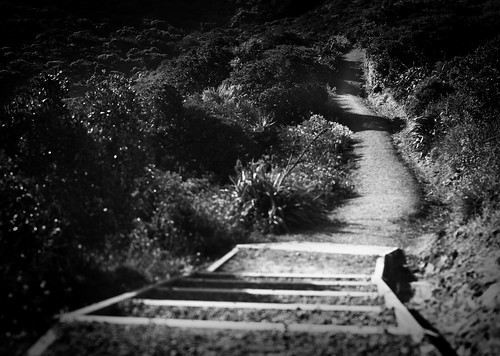
Distortion with a Wide Angle Lens
Like the fish eye and the ultra wide angle lenses, wide angles stretch the corners and sides of an image. However, this distortion is far less noticeable as we move toward “normal lenses”.
Yet, the effect of exaggerating the distance between two objects is nearly the same with the wide angle lens as the ultra-wides. This effect is more pronounced when your subject is very close to the lens. However, if you don’t pay attention to what is closest to the lens you can inadvertently have people wondering why a soda can is the same relative size as a toddler across the room. This self-portrait is a great example of distortion.

When to use a Wide Angle Lens
Like the ultra wides, wide angle lens are great for cityscapes, indoor architecture, skylines, and landscapes. But they’re also great for portraiture where you’d want to show the location where the subject works/lives/dreams. Personally, I think taking close up silly portraits of children are super fun with a wide angle because the distortion ads a playfulness that fits the subject.
Normal
45-50mm (28-40mm on a crop sensor) are called normal because they create a perspective similar to what our eyes normally see.
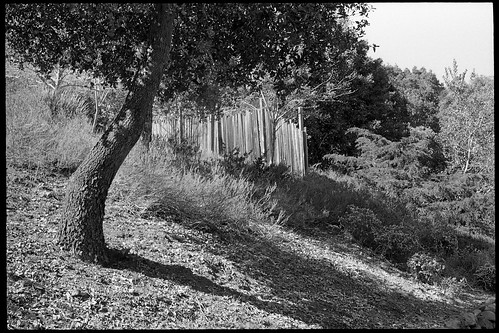
Distortion with a Normal Lens
There is a slight stretching of the outer edges with a normal lens, but the bulging in the middle is only prominent when you’re too close to the subject like in the following image.
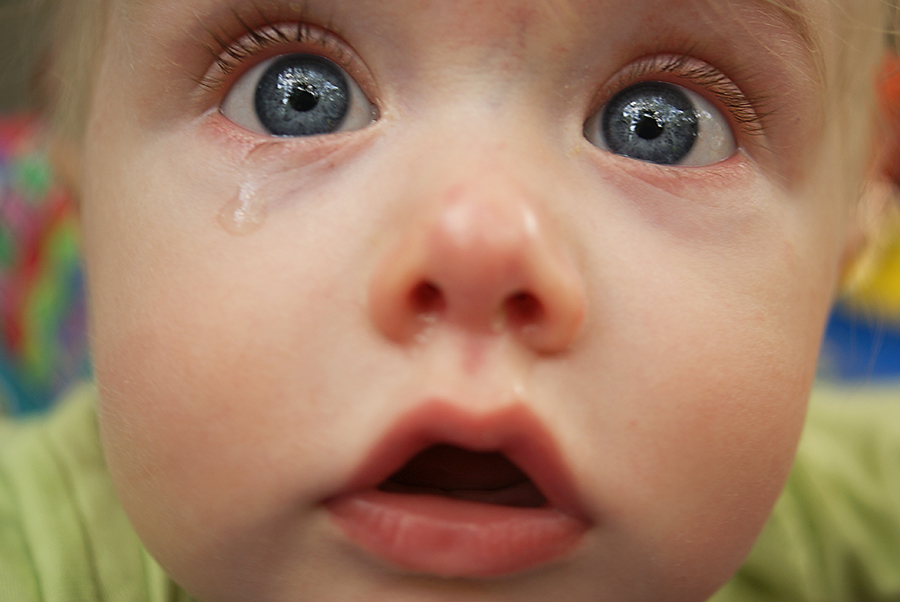
When to use a Normal Lens
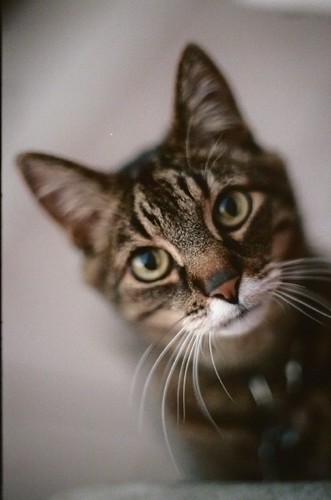
Because a normal lens pretty much represents our usual perspective, normal lenses can be used for almost any photography type if the lens allows you to get far or close enough to frame your subject how you would like. You’ll find that far enough or close enough can be really limiting at times.
Portrait Lens (or Short-Medium Telephoto)
85-135mm (50mm -85mm on a crop sensor) are considered portrait lenses. These lenses render facial features in the way our brains typically perceive them (from about 15 feet away) and also allow the photographer to be a comfortable distance away from their subject for a head shot.

Distortions with a Portrait Lens
All telephoto lenses flatten or compress images. So while our wide angle lenses could make our soda bottle that was very close to the camera look the same size as our toddler, telephotos make that soda bottle look like it’s right next to our toddler even though it’s a good 2-5 feet away. This effect is minimal at 85mm and becomes worse as we move up through the telephoto lengths.
When to use a Portrait Lens

These are great for portraits! Full body, shoulder up, sitting, or even head shots look fantastic within these focal lengths. They’re also great for nature photography and shooting details like table centerpieces and the like. However, because of the compression distortion, you’ll want to pay attention to objects in your background.
Telephoto

135-300mm (85-200mm on a crop sensor) is considered telephoto. With these lenses, you’re able to capture small details from a large distance: perhaps a close up of a bird at your feeder from within your home.
Distortions with a Telephoto
The compression distortion becomes more apparent. A building that you thought was 1/4 a mile away will look 300ft or so away from your subject. Again, pay attention to your background!

When to use a Telephoto
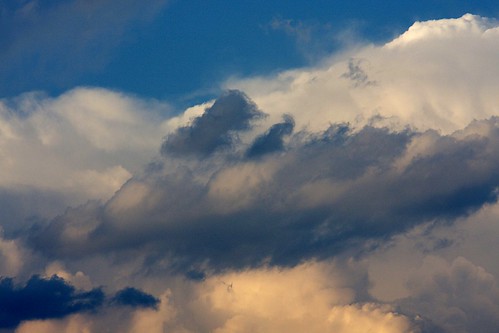
Telephotos are great for nature photography or street photography or really anywhere where you don’t want to be too close to your subject but still want to capture the details of that object. I think they’re fun for creating images of toddlers and children in imaginary worlds where you don’t want to interrupt.
Super Telephoto
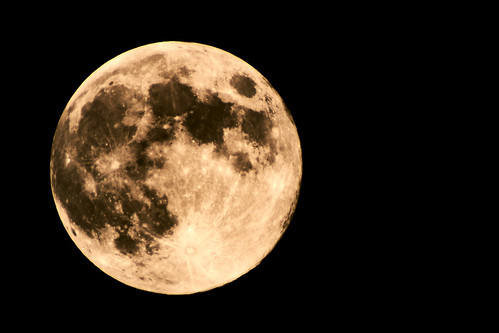
300mm+ (200mm+ on a crop sensor) can capture the just tiny parts of the image you would have captured with your 50mm lens. These are the huge lenses you see sports photojournalists using at football or soccer games or car races. These are also lenses that bird photographers gravitate towards.
Distortion with a Super Telephoto
Compression distortion is huge here! Shooting with the subjects facing the camera, a pursuer chasing a football receiver might looks like he’s right next to the receiver. That’s why most sports photographers shoot images in profile rather than straight on. Here’s a straight on shot that makes the shore behind the surfer look very close.

When to use a Super Telephoto
Most of you will probably never pick up a super telephoto (with the exception of maybe bird photographer Andy). As mentioned, sports, racing, and bird photography are great uses for a super telephoto. Spy work might be another great use. This is a highly specialized lens. If you’re thinking that this is the lens where you would get a super close up of a dandelion, you’d be mistaken. While this lens does allow you to get closer to the action, it’s minimum focusing distance to often too long to photograph small things up close.
Specialty Lenses
Macro Lens
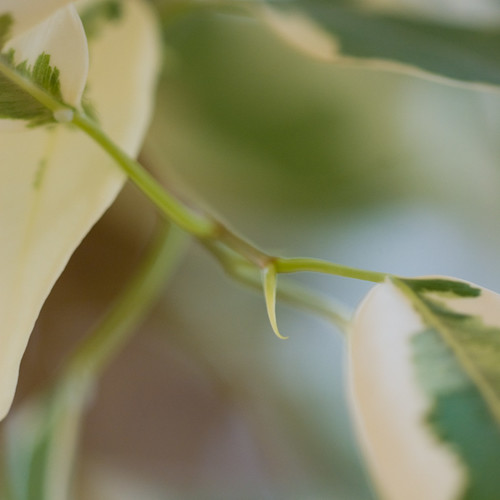
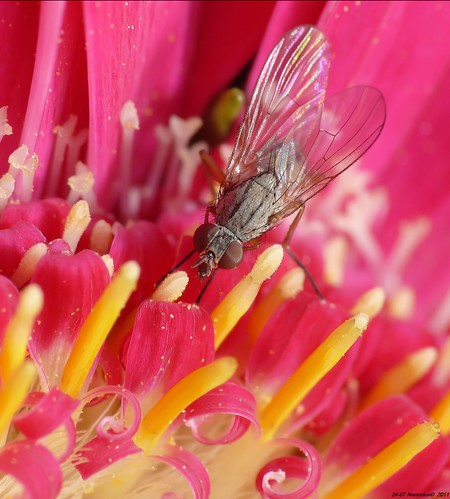

Macros are the lenses you’d want for photographing something like a bumblebee or a flower where it appears larger than life. Macro lenses come in various focal lengths and the longer the lens, the farther you can be from your subject. My 30mm macro allows me to get as close as 0.6″ from a subject while a 100mm macro would have me standing much farther away from the subject. Common macro focal lengths are 30mm, 50mm, 60mm, 90mm, and 100mm. Some zoom lenses have switches to put them into a macro mode, but these are rarely with a 1 to 1 ratio. The distortion with macros mirrors the distortion of the focal length.
Tilt Shift (Creative Exploration Lens)
Tilt Shift lenses were originally created to lessen distortion in architecture images. Without the tilt shift this building would likely bulge in the middle from the wide angle perspective and the lines would not appear straight.
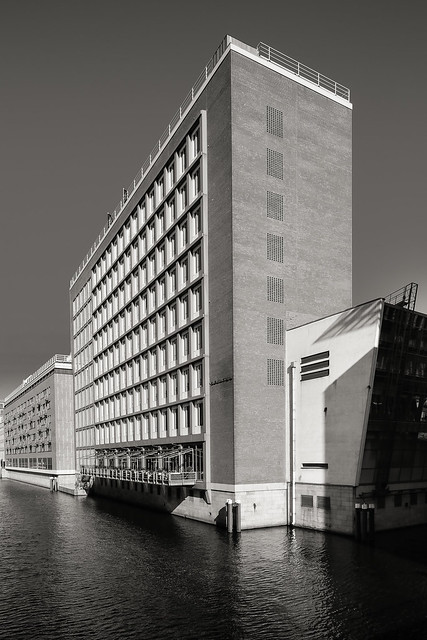
It’s also the lens used to create images that make the world look miniature: like this one of San Fransisco
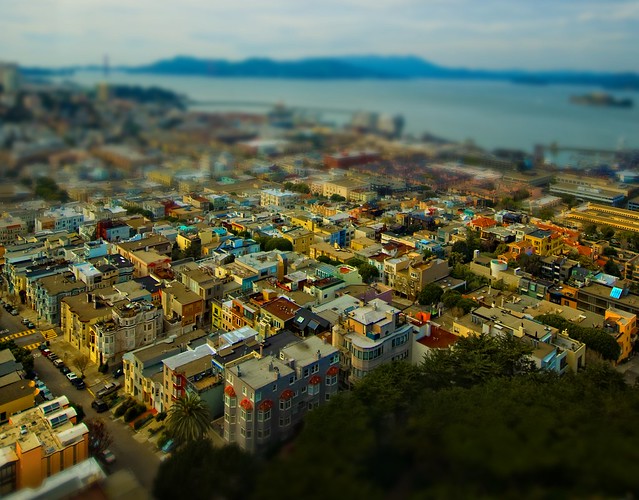
More recently title shift lenses have been marketed by Lensbaby. They have a sweet spot of a sharp slice of focus with a radial blur/distortion around that sweet spot. All of the below were taken with a Lensbaby.
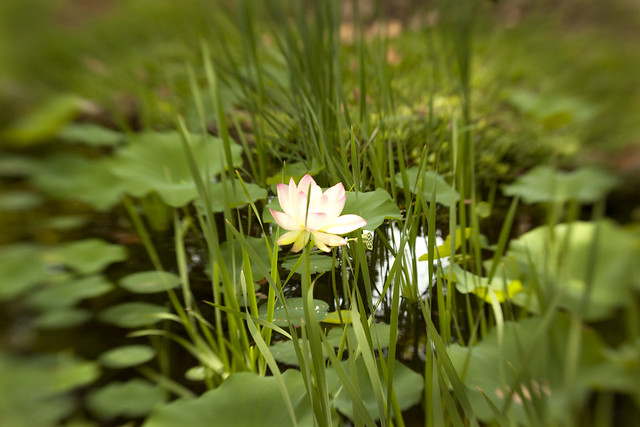
;
A Tilt Shift Lens would be an incredibly fun piece of equipment, but as you can see the results are more creative than a respresentation of reality except in the case of architectural photography.
Lens Modifiers
Sometimes you want the freedom of having a macro or telephoto without the price tag associated. There are two generally low cost lens modifiers that can help you achieve these affects. Lens modifiers are usually only available for DSLR owners.
Macro Filters
These are screwed on the end of your lens to create the effect of a macro lens. Basically they’re like applying a magnifying glass to your lens. These usually come in Macro Filters sets costing between $10-20. The important thing to know about these is that you’ll need to purchase the same width as the end of your lens (which is written on your lens end). I had a set of these in high school and would have purchased another set by now if my 30mm lens was not also a macro. These are almost too cheap not to buy if you’d like to tray up-close photography.
Telephoto-Extender
Telephoto-extenders connect the back of your lens to a tube that then screws into your camera effectively lengthening your longest focal length. They cost far less than the average fixed focus telephoto at between $200-500. Read the reviews before purchasing to see if this is compatible with your camera and will meet your needs.
Conclusion
Thanks for sticking with me on what is undoubtedly the longest post in the history of Quiet Graces! If you didn’t stick with me, that’s fine, too. This page is better used as a pick and choose resource when you’re looking to purchase a new lens. I promise the next lens post will be super short and to the point.
******All images were taken by various members of Flickr and released through the Creative Commons licencing Please click individual photographs to be directed to that users original capture.
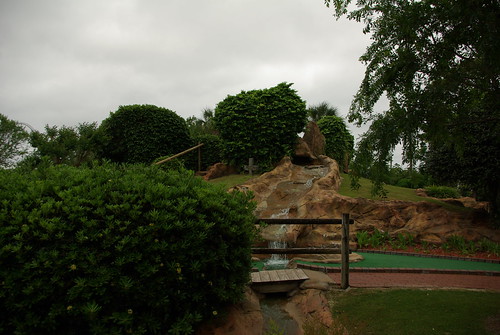
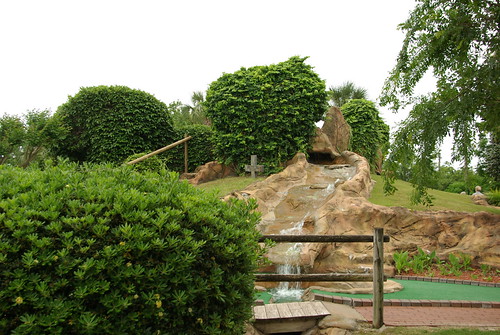
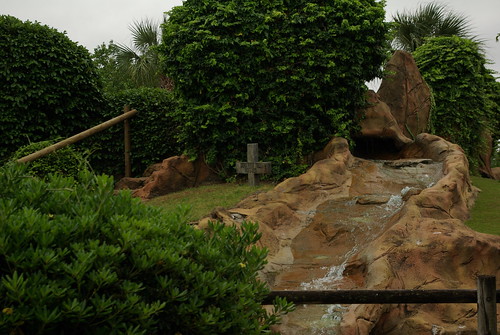
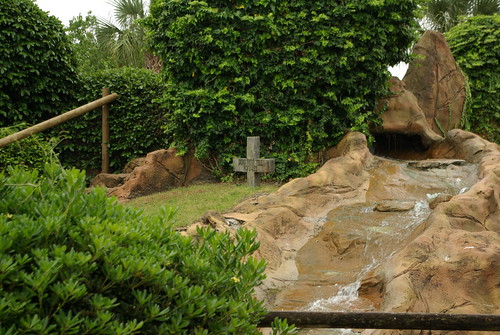
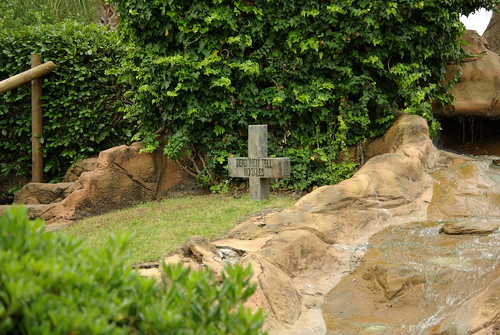

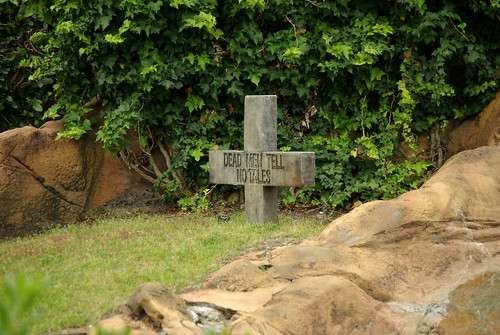
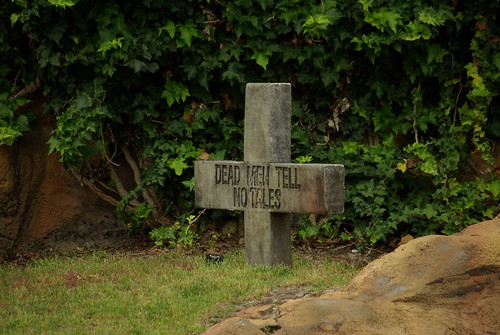

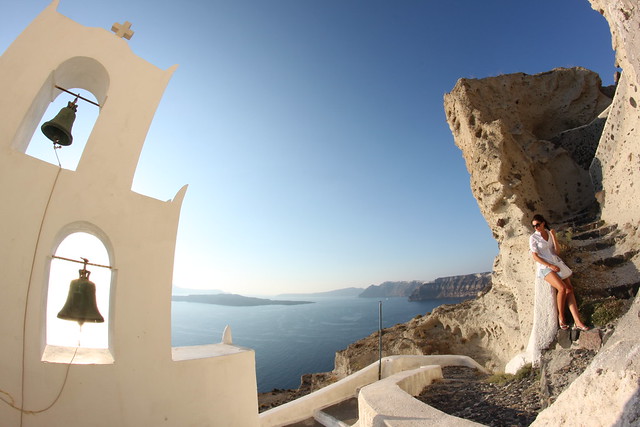
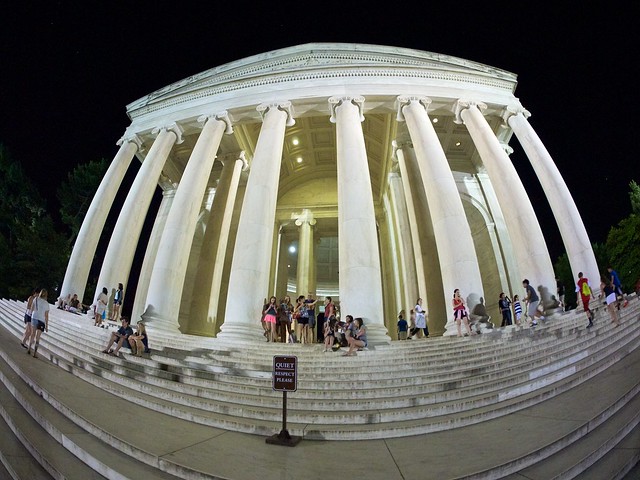
![Sunset (wide 16mm) [best of 3] (unusually brilliant) over Morro Rock in Morro Bay, CA 17 Oct. 2009](http://farm3.staticflickr.com/2598/4020797027_7c0eb711a7_z.jpg)
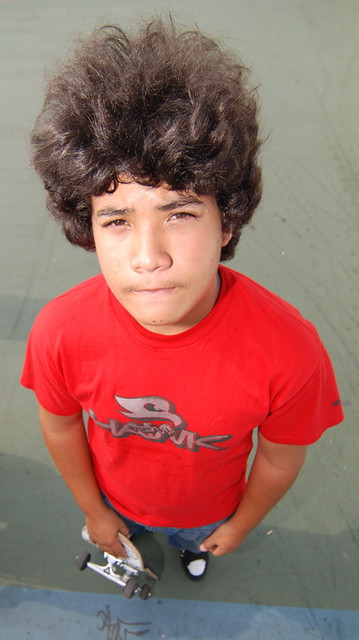
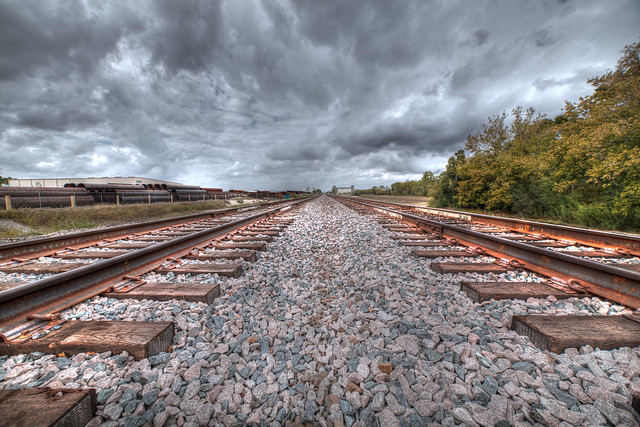
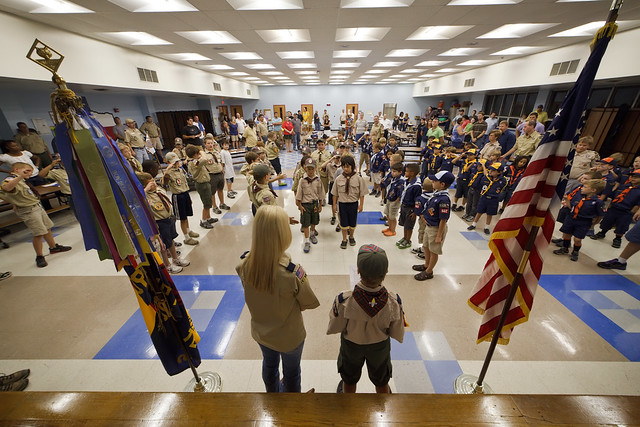



A Free Beginner Photography Class @ Organic Natural Maternity, Birth, Newborn and Baby Photography by Quiet Graces Greenville, SCOrganic Natural Maternity, Birth, Newborn and Baby Photography by Quiet Graces Greenville, SC
[…] Lenses: Focal Lengths-Wide to Telephoto […]